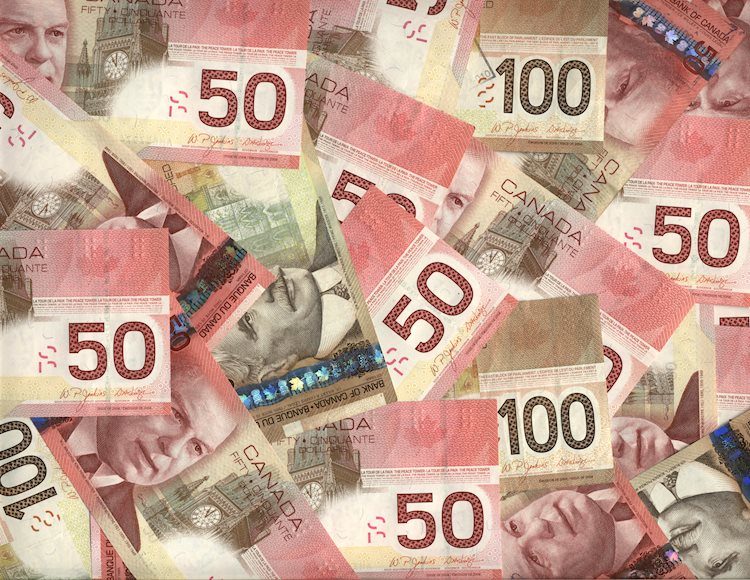The USD/CAD pair has risen sharply to near the 1.3600 level after a stronger-than-expected US labor market report on Friday. The robust pace of job growth in the US has led traders to reduce expectations for a 50 basis points rate cut by the Federal Reserve. Additionally, higher oil prices have contributed to the strength of the Canadian Dollar in the forex market.
The US Nonfarm Payrolls (NFP) report showed that the economy added 254K jobs, surpassing estimates of 140K and the previous release of 159K. The Unemployment Rate also decreased to 4.1% from expectations and the August figure of 4.2%, while Annual Average Hourly Earnings accelerated to 4.0%. These positive indicators have caused a significant upside move in the US Dollar.
Market expectations for a larger interest rate cut by the Fed in November have decreased following the strong NFP report. The probability of a 50 bps rate cut has almost diminished, as the Fed is now seen as less likely to implement such a drastic measure. This shift in sentiment has resulted in a sharp uptick in the US Dollar, with the US Dollar Index (DXY) climbing to a fresh two-week high above 102.50.
The Canadian Dollar has also been performing well against its counterparts, supported by higher oil prices. Tensions in the Middle East, particularly between Iran and Israel, have raised concerns about oil supply disruptions, leading to increased oil prices. Canada, as a major oil exporter to the US, benefits from higher oil prices, strengthening the Canadian Dollar in the process.
The US Dollar (USD) is the official currency of the United States and is widely used in international transactions. It is the most traded currency globally, with over 88% of all foreign exchange turnover involving the USD. The value of the USD is heavily influenced by monetary policy decisions made by the Federal Reserve, which aims to control inflation and achieve full employment through interest rate adjustments.
In extreme situations, the Federal Reserve may employ measures such as quantitative easing (QE) to increase credit flow in the financial system. QE involves the Fed buying bonds to inject liquidity into the market, leading to a weaker US Dollar. On the other hand, quantitative tightening (QT) occurs when the Fed reduces its bond purchases, which can have a positive impact on the value of the US Dollar. Understanding these factors and events can help traders make informed decisions when trading the USD/CAD pair in the forex market.









